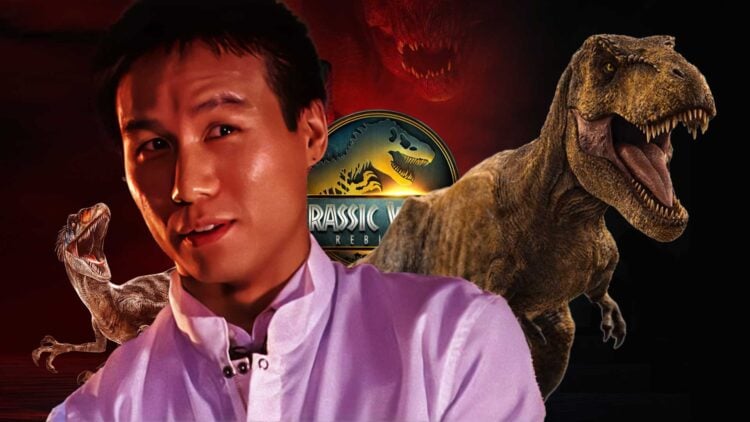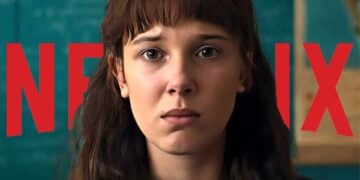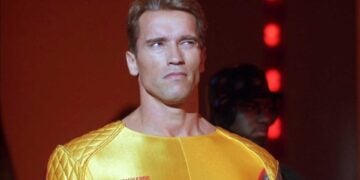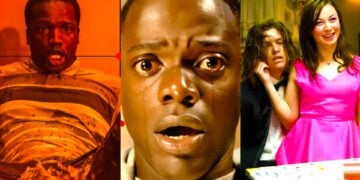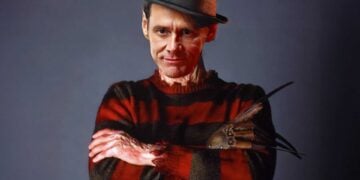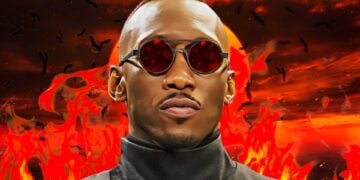We need. to talk about the dinosaurs in Jurassic Park. Not how cool they looked in 1993 or how terrifying the T-Rex still is 30 years later. No, we need to talk about the sneezing, sniffling, genetically scrambled messes they actually were. If one theory on Reddit is to be believed, every dino on Isla Nublar had more than just an attitude problem. They are actually all really sick.
The theory, posted by u/astro_not_yet on r/FanTheories, dives into something most people never thought to question: what if all the dinosaurs in Jurassic Park were ill? Not just the triceratops lying in the dirt or the brachiosaurus that sneezes all over Lex. All of them. Raptors, T-Rex—every prehistoric predator and plant-muncher brought back to life by InGen’s lab coat-wearing Frankenstein scientists.
The theory actually makes a lot of sense. Think about it. The raptors often have trouble tracking humans, despite supposedly having an incredible sense of smell. “In the beginning of the kitchen scene… the Raptor blows into [the glass], covering it with moisture,” wrote u/astro_not_yet. “There’s a bit of effort in blowing out… that made me wonder if it was just blowing out of a blocked nostril.” You don’t need to be Dr. Grant to see the red flags there.
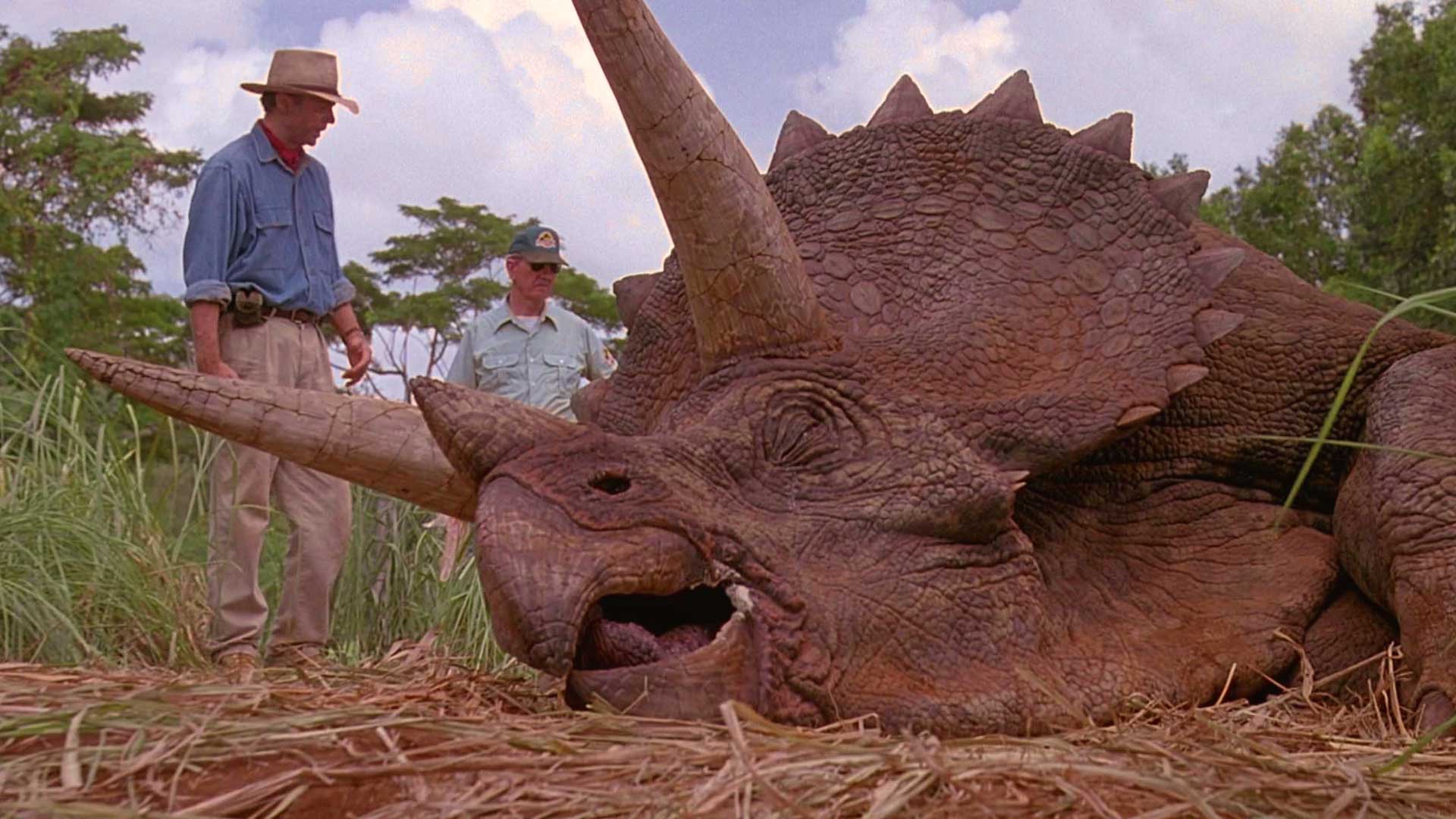
And it’s not just fan speculation, there’s a callback to Michael Crichton’s original Jurassic Park novel that adds weight. u/Bandwidth_Wasted dug up a telling excerpt: Hammond once bred a miniature elephant (no bigger than a cat), created in a lab using artificial wombs and hormone cocktails. It looked cute but caught colds constantly and behaved like “a vicious rodent.” Imagine pitching that to investors.
“Hammond also concealed from prospective investors the fact that the elephant’s behaviour had changed substantially in the process of miniaturisation… he acted like a vicious rodent, quick-moving and mean-tempered.”
So yeah, that might explain why the raptors in Jurassic Park act like they’re on edge 24/7, and maybe even why everything in Jurassic World ends up going off the rails too. Because those dinosaurs are not really dinosaurs. They’re sick, genetically modified hybrids that are only partially based on real species. They’re mutants.
And Jurassic World: Rebirth doesn’t shy away from this either. It leans in. Hard.
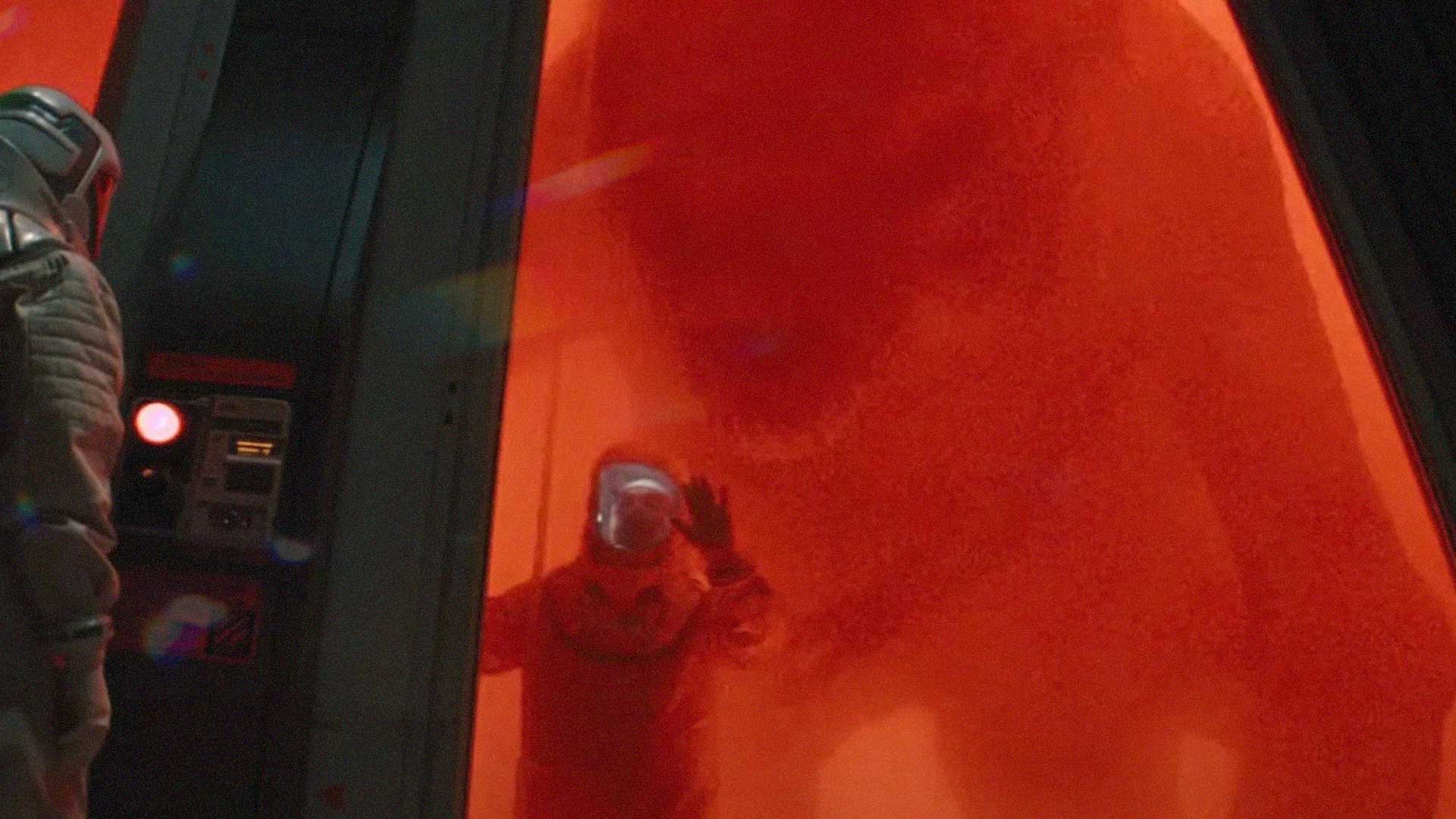
Set in 2027, years after the events of the main films, Rebirth features a new breed of dino disasters—mutated monsters like the six-limbed “Distortus Rex” and flying raptor hybrids called “Mutadons.” These aren’t even close to nature’s original designs. They’re bioengineered abominations made by a pharmaceutical company looking for a cure for heart disease.
There’s a Mosasaurus, a Titanosaurus, a Quetzalcoatlus egg heist, and a mercenary team that includes a former covert operative and a bar-hopping boat guy named Duncan. People die. Dinosaurs mutate. A small Aquilops gets adopted and named Dolores. The heart medicine makes it out—open source, of course—but by then, who cares? Everything’s melting, the planet’s barely habitable, and the dinos are still sick.
So, the next time you rewatch Jurassic Park or any of the films that follow, including Jurassic World Rebirth, pay attention. The dinosaurs aren’t just dangerous. They might need a vet. Or maybe a tissue to blow their noses.
RELATED: “Leaked” Jurassic World Rebirth Footage Shows Scarlett Johansson Transform Into A Raptor

